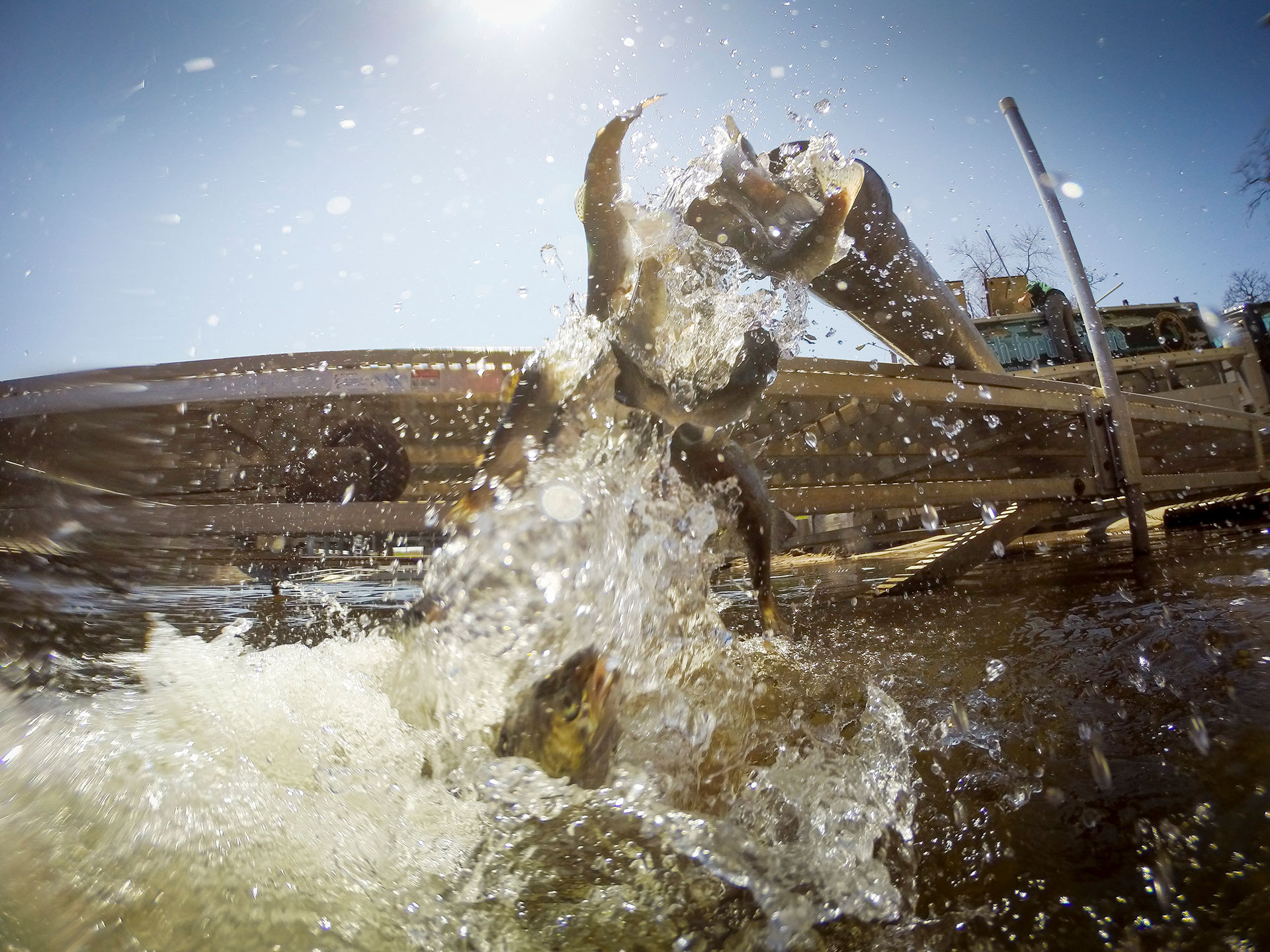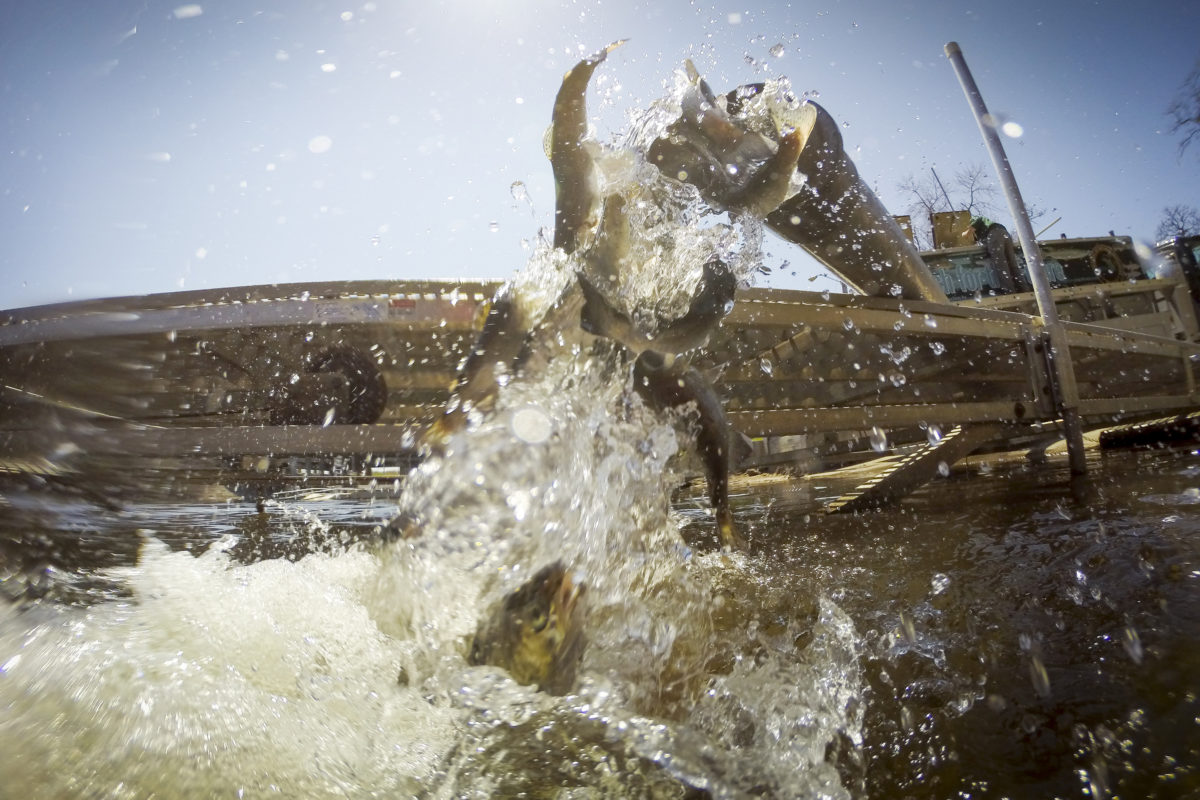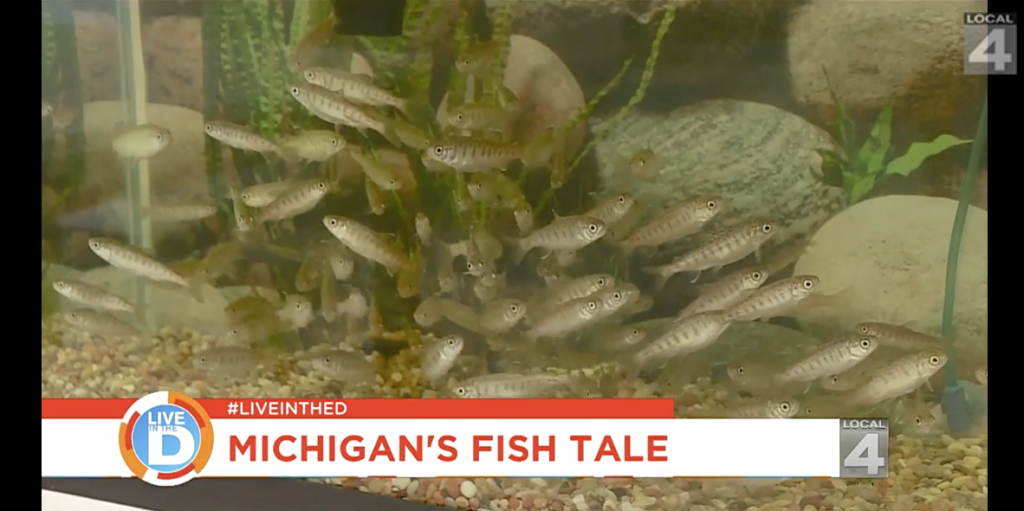Great Lakes fish – and fishing – have long shaped the culture, economy and quality of life for people in Michigan. All Michiganders have a vested interest in supporting efforts to conserve fish species to ensure that they are available for generations.
By the late 1800s, fish began disappearing due to habitat destruction, over-fishing, dam construction and pollution. However, intensive management practices have helped stop the losses and restore fish populations. For more than a century, fish hatcheries have played a key role in those efforts.
Fish hatcheries are a facility where fish are hatched and raised so they can be placed (or stocked) in lakes, rivers and streams. Fish stocking is essential for maintaining a healthy and diverse fish population — without it, many of these populations would not be able to adequately sustain themselves.
“Fish have a direct impact on the health of all of our state’s natural resources,” said Matt Pedigo, chair of the Michigan Wildlife Council, a group dedicated to increasing public understanding of the important role wildlife management. “Thanks to the funds generated by hunting and fishing license sales, all Michiganders can continue to enjoy the state’s beautiful natural resources.”
Here are some must-know facts about our state’s fish hatcheries — and where you can find them in Michigan.




